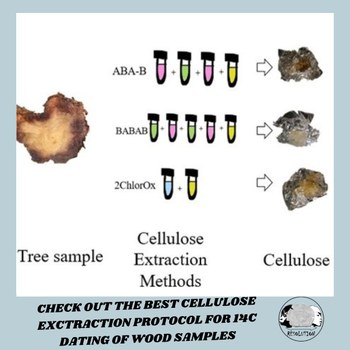
Abstract
In this study we aim to identify the optimal cellulose extraction protocol for 14C dating of wood, with a focus on glacial trees. To achieve this, we compare three cellulose extraction methods on the basis of cellulose yield and 14C age. The study is conducted on 12 wood samples of different species, in varying states of preservation with ages covering the full 14C age range. Cellulose is extracted from each sample following three different protocols selected from the literature: ABA-B, BABAB and 2Chlorox. The extracted cellulose was graphitised and dated with the MICADAS (Mini Carbon Dating System) at the ETH AMS laboratory. Although all three methods are considered efficient, the BABAB protocol, despite being a more aggressive procedure, allows the extraction of a sufficient amount of cellulose to be 14C dated and leads to the most reliable results, particularly for very old and background samples (samples with 14C content of zero).
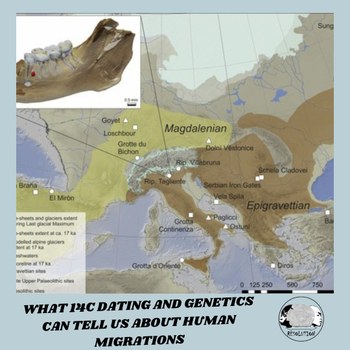
SUMMARY
Before the end of the Last Glacial Maximum (LGM, 16.5 ka ago)1 set in motion major shifts in human culture and population structure,2 a consistent change in lithic technology, material culture, settlement pattern, and adaptive strategies is recorded in Southern Europe at 18–17 ka ago. In this time frame, the landscape of Northeastern Italy changed considerably, and the retreat of glaciers allowed hunter-gatherers to gradually recolonize the Alps.3–6 Change within this renewed cultural frame (i.e., during the Late Epigravettian phase) is currently associated with migrations favored by warmer climate linked to the Bølling-Allerød onset (14.7 ka ago),7–11 which replaced earlier genetic lineages with ancestry found in an individual who lived 14 ka ago at Riparo Villabruna, Italy, and shared among different contexts (Villabruna Cluster).9 Nevertheless, these dynamics and their chronology are still far from being disentangled due to fragmentary evidence for long-distance interactions across Europe.12 Here, we generate new genomic data from a human mandible uncovered at Riparo Tagliente (Veneto, Italy), which we directly dated to 16,980–16,510 cal BP (2s). This individual, affected by focal osseous dysplasia, is genetically affine to the Villabruna Cluster. Our results therefore back- date by at least 3 ka the diffusion in Southern Europe of a genetic component linked to Balkan/Anatolian refugia, previously believed to have spread during the later Bølling/Allerød event. In light of the new genetic evidence, this population replacement chronologically coincides with the very emergence of major cultural transitions in Southern and Western Europe.
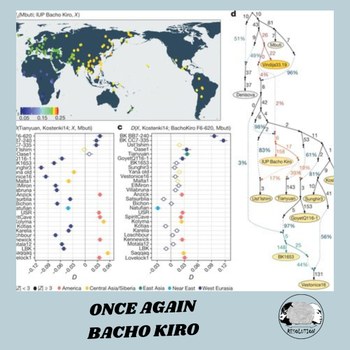
Abstract
Modern humans appeared in Europe by at least 45,000 years ago, but the extent of their interactions with Neanderthals, who disappeared by about 40,000 years ago, and their relationship to the broader expansion of modern humans outside Africa are poorly understood. Here we present genome-wide data from three individuals dated to between 45,930 and 42,580 years ago from Bacho Kiro Cave, Bulgaria. They are the earliest Late Pleistocene modern humans known to have been recovered in Europe so far, and were found in association with an Initial Upper Palaeolithic artefact assemblage. Unlike two previously studied individuals of similar ages from Romania7 and Siberia8 who did not contribute detectably to later populations, these individuals are more closely related to present-day and ancient populations in East Asia and the Americas than to later west Eurasian populations. This indicates that they belonged to a modern human migration into Europe that was not previously known from the genetic record, and provides evidence that there was at least some continuity between the earliest modern humans in Europe and later people in Eurasia. Moreover, we find that all three individuals had Neanderthal ancestors a few generations back in their family history, confirming that the first European modern humans mixed with Neanderthals and suggesting that such mixing could have been common.
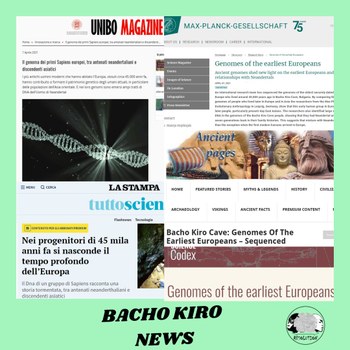
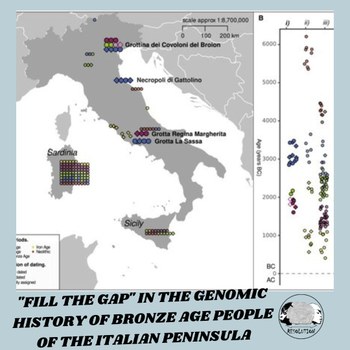
Summary
Across Europe, the genetics of the Chalcolithic/Bronze Age transition is increasingly characterized in terms of an influx of Steppe-related ancestry. The effect of this major shift on the genetic structure of populations in the Italian Peninsula remains underexplored. Here, genome-wide shotgun data for 22 individuals from commingled cave and single burials in Northeastern and Central Italy dated between 3200 and 1500 BCE provide the first genomic characterization of Bronze Age individuals (n = 8; 0.001–1.2× coverage) from the central Italian Peninsula, filling a gap in the literature between 1950 and 1500 BCE. Our study confirms a diversity of ancestry components during the Chalcolithic and the arrival of Steppe-related ancestry in the central Italian Peninsula as early as 1600 BCE, with this ancestry component increasing through time. We detect close patrilineal kinship in the burial patterns of Chalcolithic commingled cave burials and a shift away from this in the Bronze Age (2200–900 BCE) along with lowered runs of homozygosity, which may reflect larger changes in population structure. Finally, we find no evidence that the arrival of Steppe-related ancestry in Central Italy directly led to changes in frequency of 115 phenotypes present in the dataset, rather that the post-Roman Imperial period had a stronger influence, particularly on the frequency of variants associated with protection against Hansen’s disease (leprosy). Our study provides a closer look at local dynamics of demography and phenotypic shifts as they occurred as part of a broader phenomenon of widespread admixture during the Chalcolithic/Bronze Age transition.
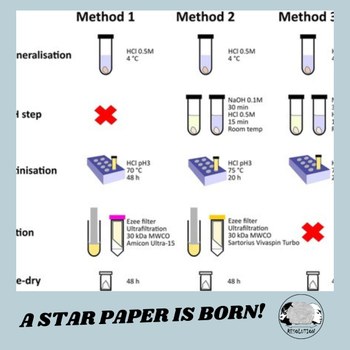
Don't miss the chance to read the full article but here's the abstract as well ⤵️
Archaeological bone collagen is highly useful for radiocarbon (14C) dating and palaeodietary reconstruction. However, collagen preservation and carbon contamination are essential considerations when extracting collagen, becoming especially crucial close to the limit of the method (50,000 years before present = BP). Strong progress has been achieved in the past two decades by 14C and stable isotopic laboratories in removing contamination from archaeological bones, but different pretreatment protocols have been proven to produce varying results. Here we compare three collagen extraction protocols used for palaeodietary studies and 14C dating, considering collagen yield, elemental and stable isotopic data, FTIR analysis, and 14C dates. We focus on the impact of ultrafiltration on the yield and quality of the extracted material. The results again underline the importance of rigorous decontamination methods to gain accurate 14C dates and demonstrate that different protocols have significant effects on the quality and yield of extracted collagen.
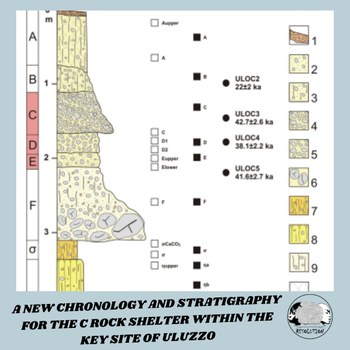
Abstract
The tempo and mode of Homo sapiens dispersal in Eurasia and the demise of Neanderthals has sparked debate about the dynamics of Neanderthal extinction and its relationship to the arrival of H. sapiens. In Italy, the so-called ‘Transition’ from Neanderthals to H. sapiens is related to the Uluzzian technocomplex, i.e. the first archaeological evidence for modern human dispersal on the European continent. This paper illustrates the new chronology and stratigraphy of Uluzzo C, a rock shelter and Uluzzian key site located in the Uluzzo Bay in southern Italy, where excavations are ongoing, refining the cultural sequence known from previous excavations. Microstratigraphic investigation suggests that most of the deposit formed after dismantling of the vault of the rock shelter and due to wind input of loess deflated by the continental shelf. The occasional reactivation of the hydrology of the local karst system under more humid conditions further contributed to the formation of specific layers accumulating former Terra Rossa-type soil fragments. Superposed on sedimentary processes, strong bioturbation and the mobilization and recrystallization of calcite have been detected. Optically stimulated luminescence (OSL) ages from Uluzzo C Rock Shelter are congruent with previously published radiocarbon ages obtained on shell beads and tephrachronology from adjacent sites preserving the Uluzzian technocomplex such as Grotta del Cavallo, confirming the onset for the Uluzzian in the area to ca. 39.2–42.0 ka. The OSL chronology from Uluzzo C also provides a terminus post quem for the end of the Mousterian in the region, constraining the disappearance of the Neanderthals in that part of Italy to ≥46 ± 4 ka.
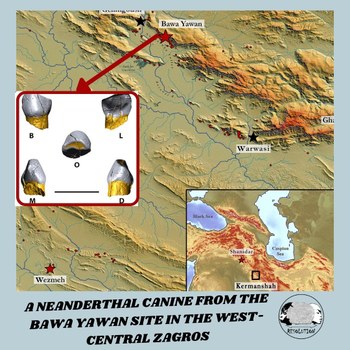
Abstract
Neanderthal extinction has been a matter of debate for many years. New discoveries, better chronologies and genomic evidence have done much to clarify some of the issues. This evidence suggests that Neanderthals became extinct around 40,000–37,000 years before present (BP), after a period of coexistence with Homo sapiens of several millennia, involving biological and cultural interactions between the two groups. However, the bulk of this evidence relates to Western Eurasia, and recent work in Central Asia and Siberia has shown that there is considerable local variation. Southwestern Asia, despite having a number of significant Neanderthal remains, has not played a major part in the debate over extinction. Here we report a Neanderthal deciduous canine from the site of Bawa Yawan in the West-Central Zagros Mountains of Iran. The tooth is associated with Zagros Mousterian lithics, and its context is preliminary dated to between ~43,600 and ~41,500 years ago.
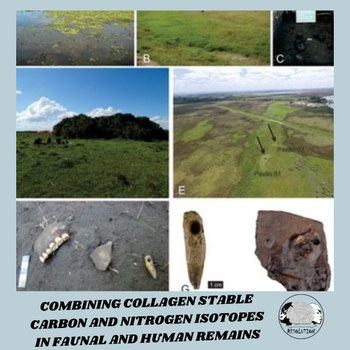
Abstract
A constant and intense debate in South American archaeology stands on the origin and patterns of food production of ancient populations and the correlation of both aspects with demographic growth and social complexity. Some studies associated population growth with the shift from foraging to agricultural practices in hotspots on the continent. This association has been confronted by a number of studies performed in recent years that reconstructed dietary patterns for several tropical and subtropical areas of eastern South America. However, there is still a lack of information on the diet for Late Holocene populations in the wetlands of the Pampa Biome. In order to access the paleodiet of earthen-mound builders from southern Patos Lagoon (Brazil), this study combined bulk collagen stable carbon and nitrogen isotopes analysis of faunal and human remains with Bayesian Stable Isotope Mixing Models. The paleodiet of 20 human and one dog remains from six sites was reconstructed. The Bayesian mixing model on collagen δ13C and δ15N values revealed variable subsistence strategies with high consumption of marine/estuarine protein for some individuals. Other individuals’ diets relied on terrestrial/freshwater resources as protein sources. In southeastern South America, such patterns reinforce the resource-rich aquatic environment as a facilitator for the endurance of mixed economies. In addition, our results suggest that the Patos Lagoon surroundings was a “hub of interactivity” characterised by a remarkable intra-site dietary variability.
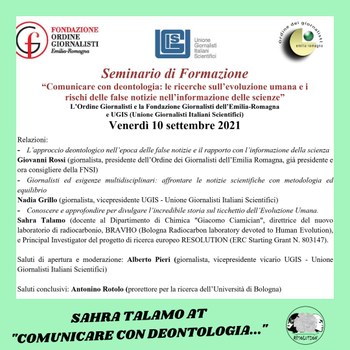
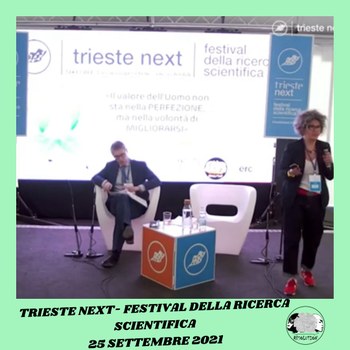
Click the Youtube link to re-watch Sahra Talamo's talk or click here to read what an Italian Newspaper, "Il Manifesto", wrote about it!
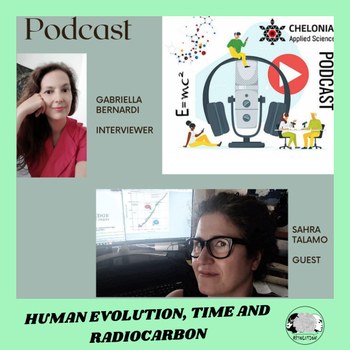
Listen to the entire interview by clicking the title of the episode: "Human Evolution, time and radiocarbon".
Portugal Mission. Here some of the pictures taken during our second mission to Portugal looking for fossil trees. Keep calm and have a look!
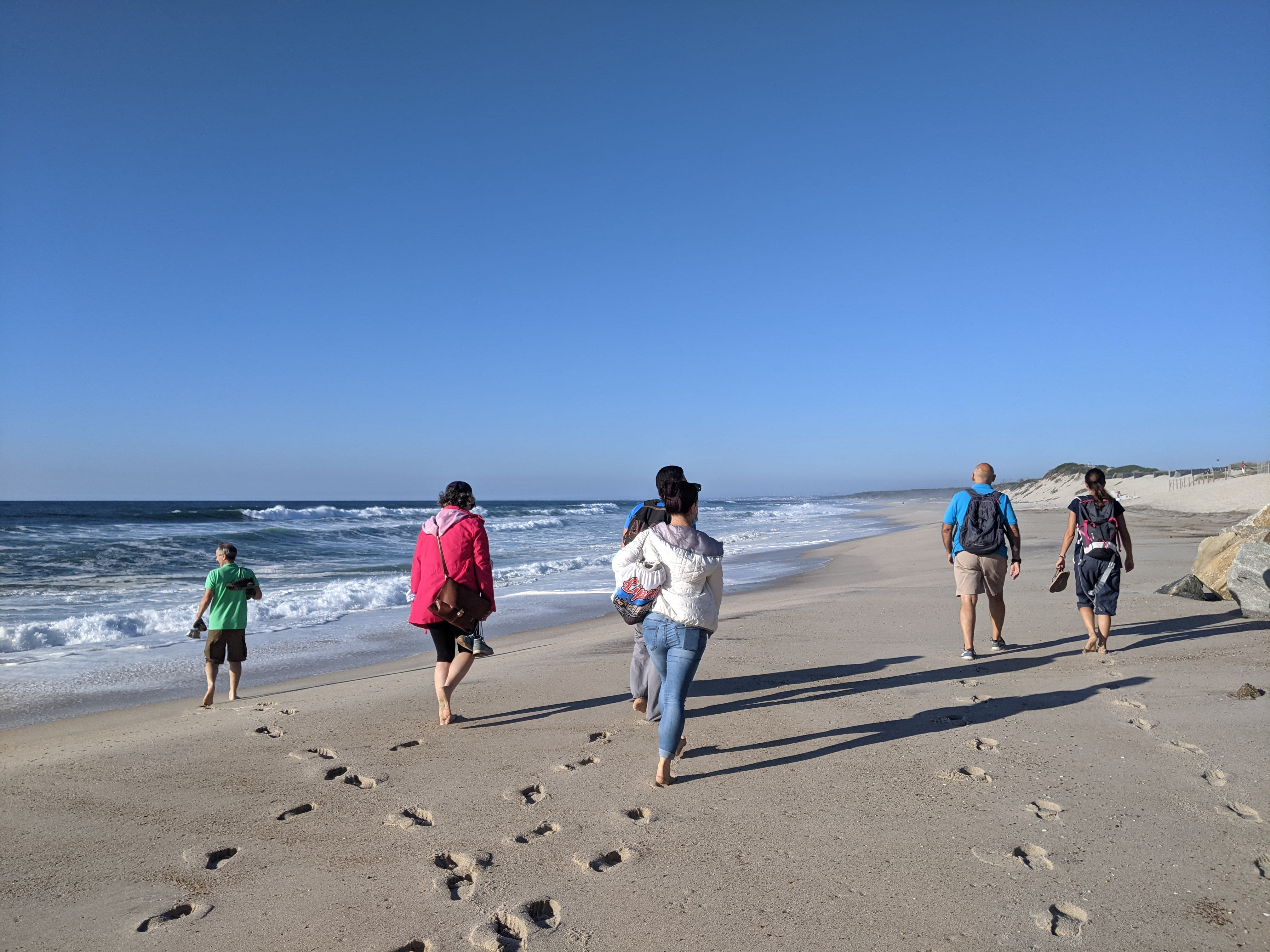
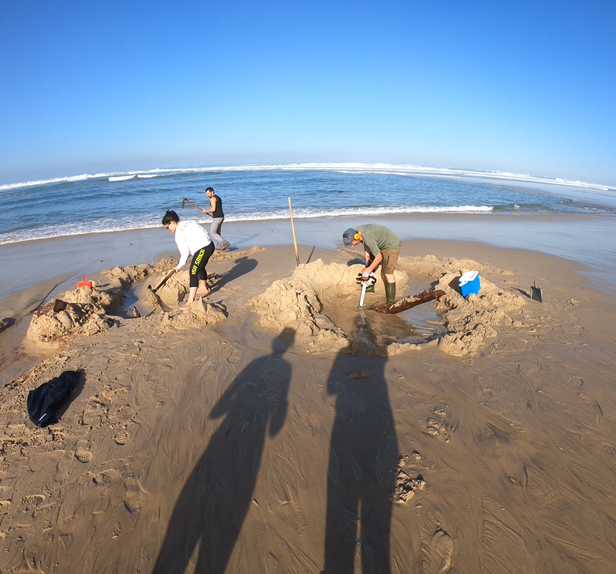
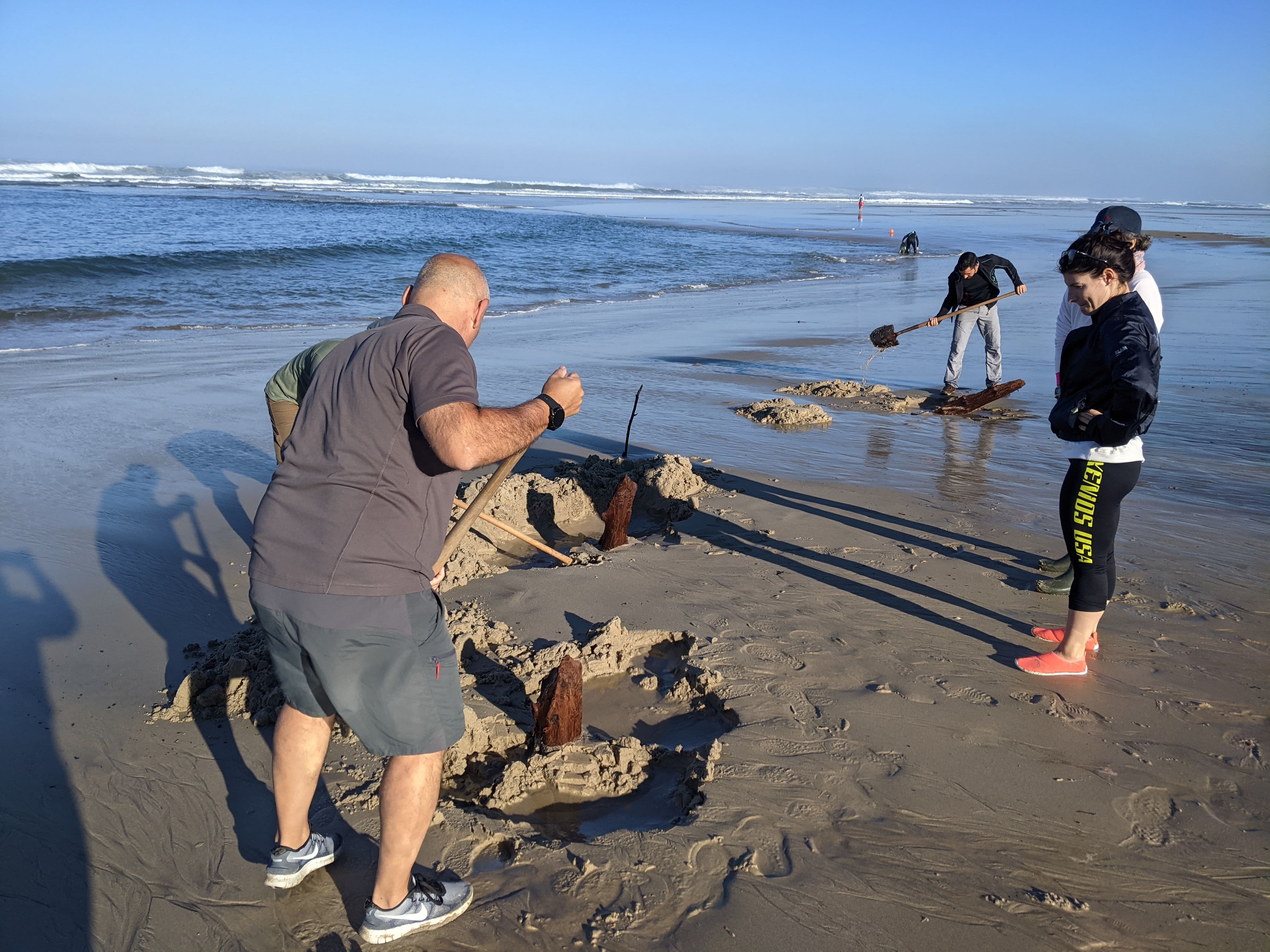
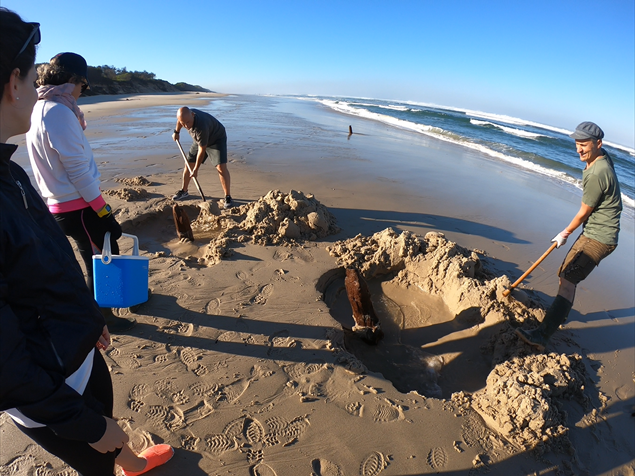
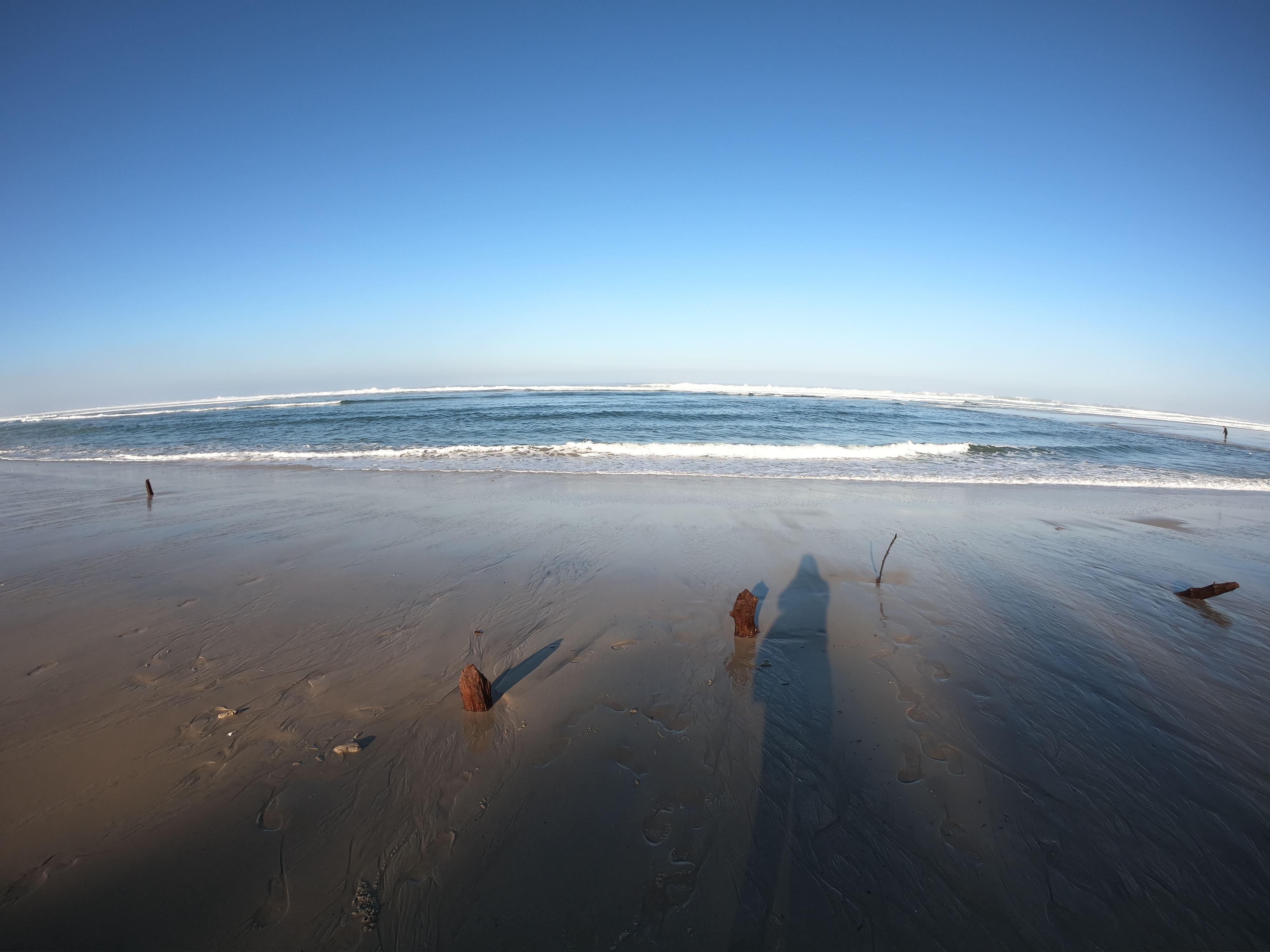
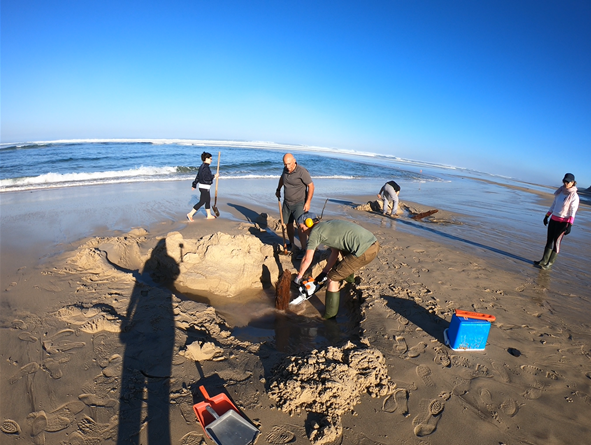
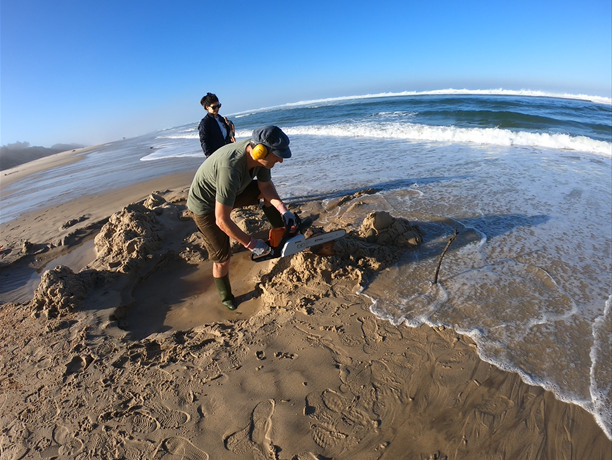
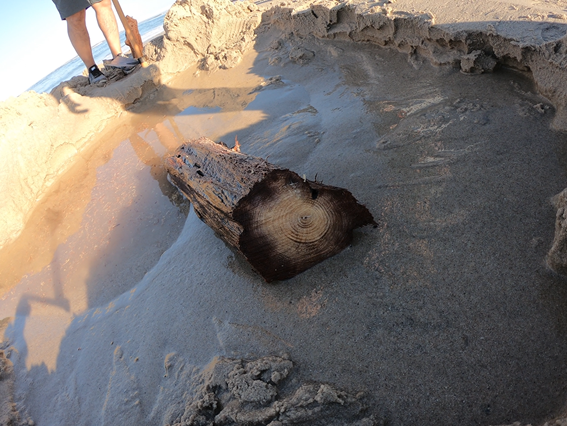
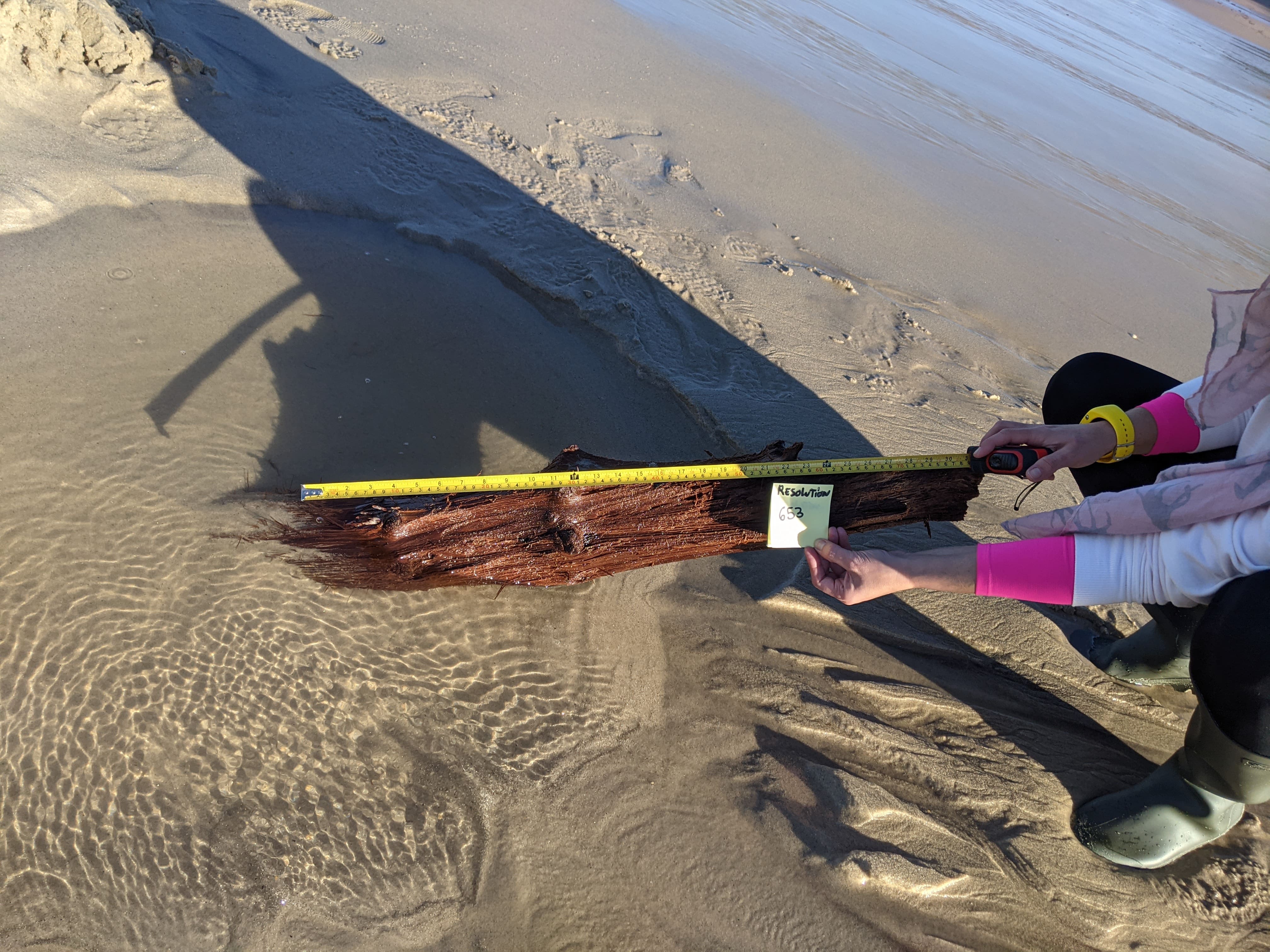
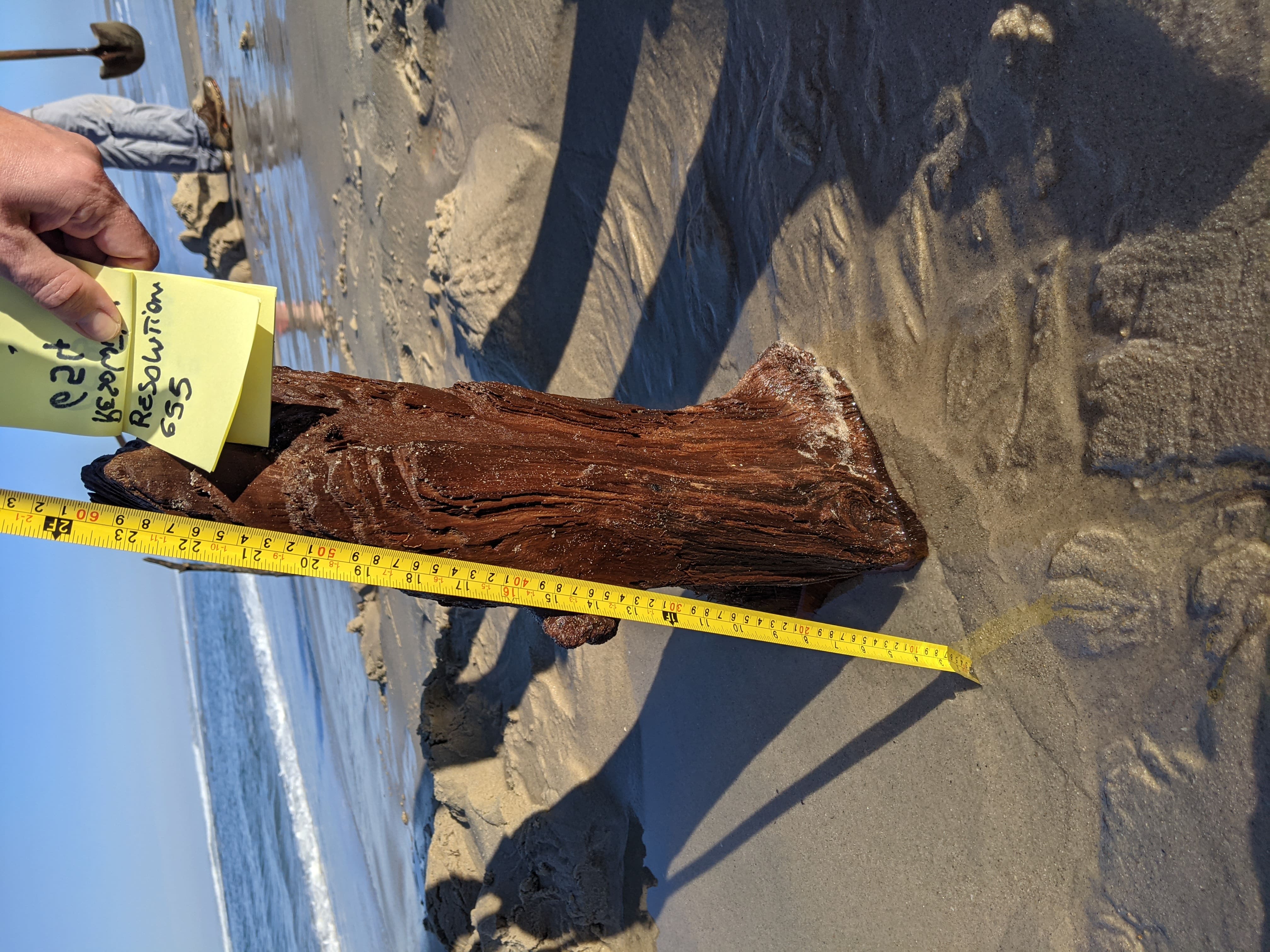
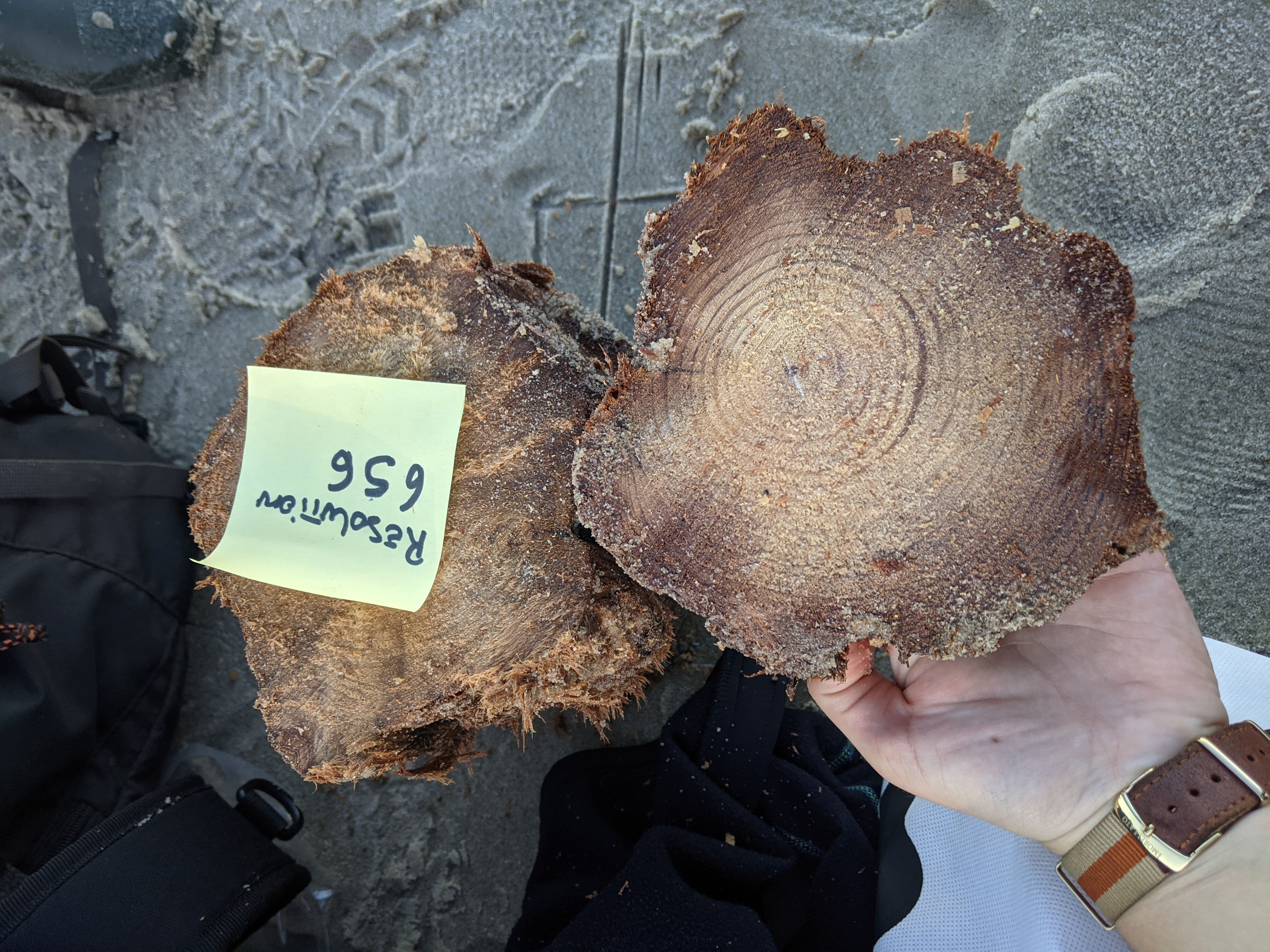
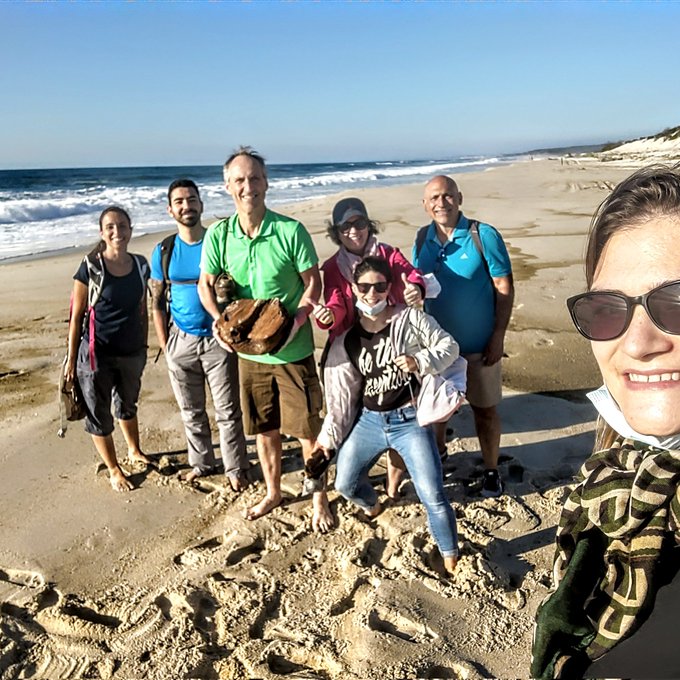
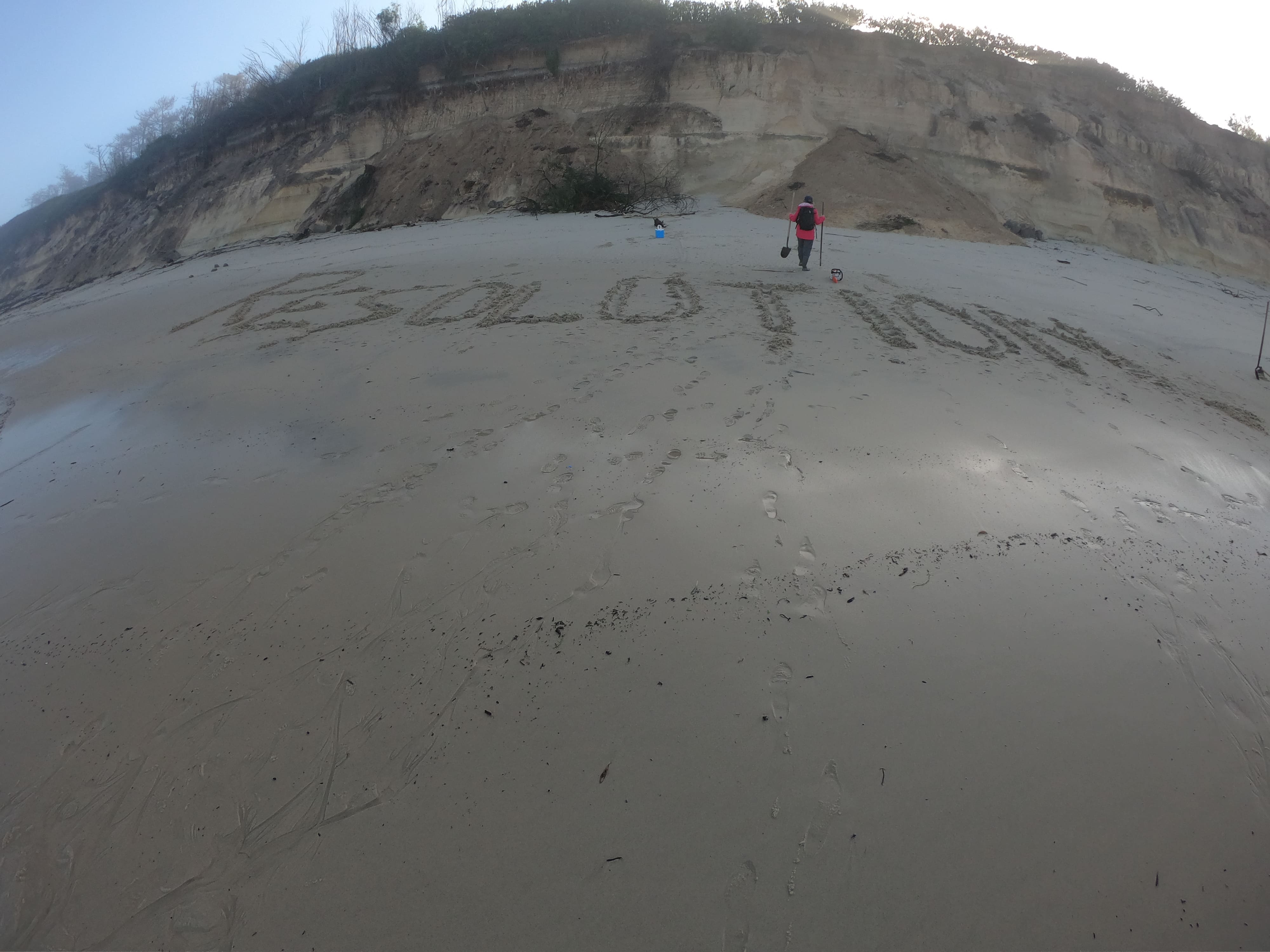
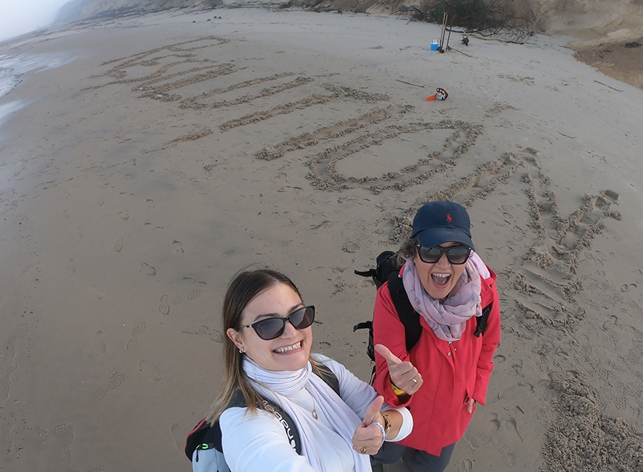
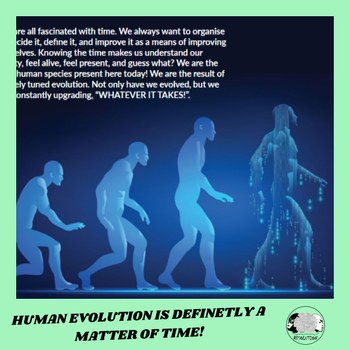
In this episode the tv host, Davide Coero Borga, retraces Human Evolution history thanks to different scientific researchers. Check it out on RaiPlay!
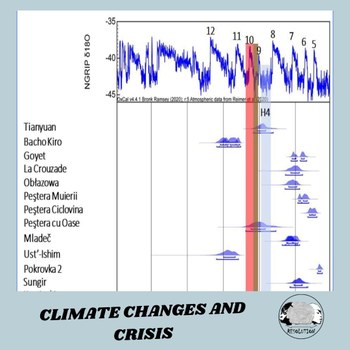
Abstract
Cooper et al. (Research Articles, 19 February 2021, p. 811) propose that the Laschamps geomagnetic inversion ~42,000 years ago drove global climatic shifts, causing major behavioral changes within prehistoric groups, as well as events of human and megafaunal extinction. Other scientific studies indicate that this proposition is unproven from the current archaeological, paleoanthropological, and genetic records.
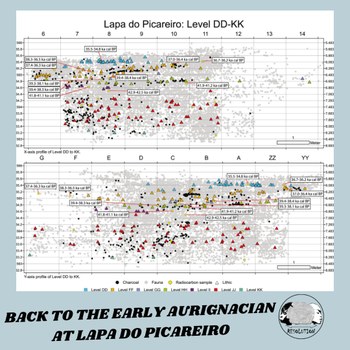
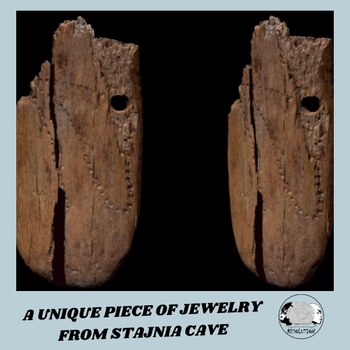
Read A 41,500 year-old decorated ivory pendant from Stajnia Cave (Poland) by clicking the link or read the abstract below ⤵️
Abstract
Evidence of mobiliary art and body augmentation are associated with the cultural innovations introduced by Homo sapiens at the beginning of the Upper Paleolithic. Here, we report the discovery of the oldest known human-modified punctate ornament, a decorated ivory pendant from the Paleolithic layers at Stajnia Cave in Poland. We describe the features of this unique piece, as well as the stratigraphic context and the details of its chronometric dating. The Stajnia Cave plate is a personal 'jewellery' object that was created 41,500 calendar years ago (directly radiocarbon dated). It is the oldest known of its kind in Eurasia and it establishes a new starting date for a tradition directly connected to the spread of modern Homo sapiens in Europe.
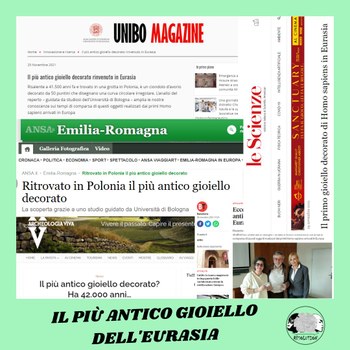
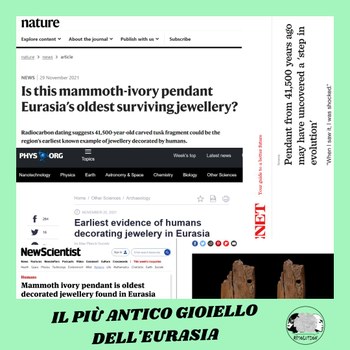
And take your time to read what has been told internationally on the oldest decorated piece of jewelry found in Eurasia...
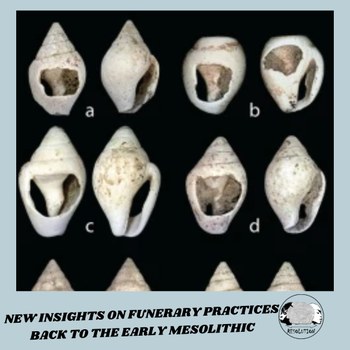
Find out more about funerary practices within the early Mesolithic period by clicking here ore read the abstract below ⤵️
Abstract
The evolution and development of human mortuary behaviors is of enormous cultural significance. Here we report a richly-decorated young infant burial (AVH-1) from Arma Veirana (Liguria, northwestern Italy) that is directly dated to 10,211–9910 cal BP (95.4% probability), placing it within the early Holocene and therefore attributable to the early Mesolithic, a cultural period from which well-documented burials are exceedingly rare. Virtual dental histology, proteomics, and aDNA indicate that the infant was a 40–50 days old female. Associated artifacts indicate significant material and emotional investment in the child’s interment. The detailed biological profile of AVH-1 establishes the child as the earliest European near-neonate documented to be female. The Arma Veirana burial thus provides insight into sex/gender-based social status, funerary treatment, and the attribution of personhood to the youngest individuals among prehistoric hunter-gatherer groups and adds substantially to the scant data on mortuary practices from an important period in prehistory shortly following the end of the last Ice Age.